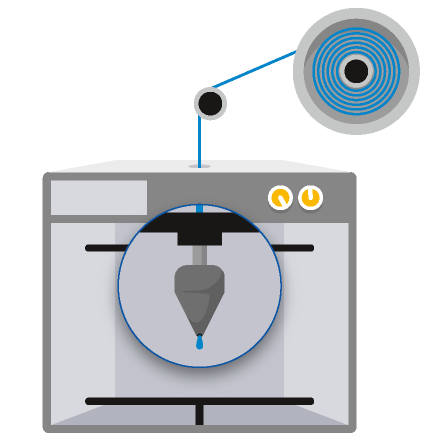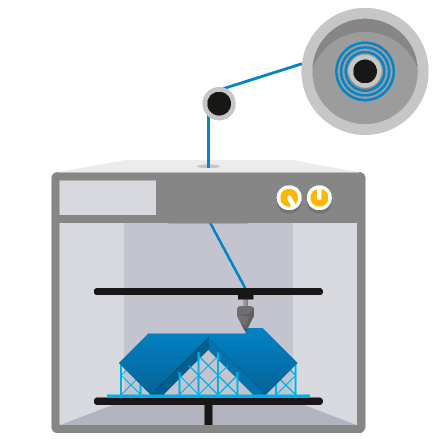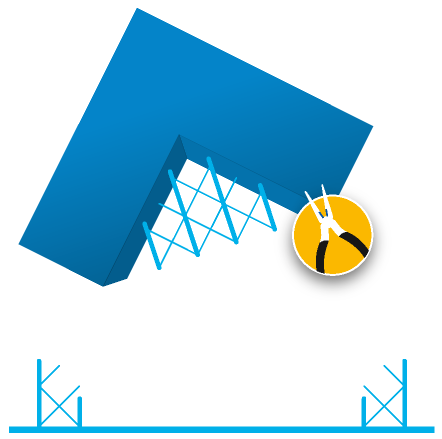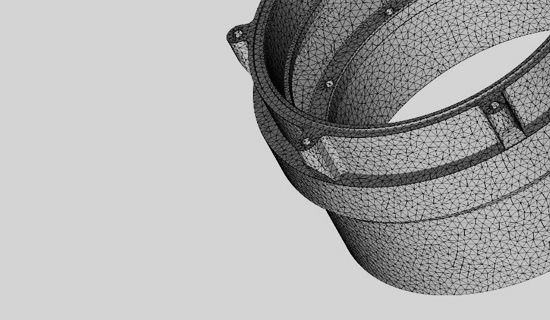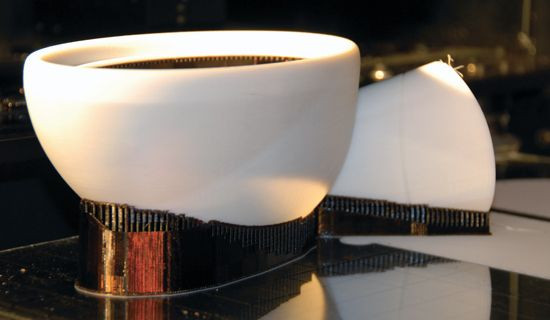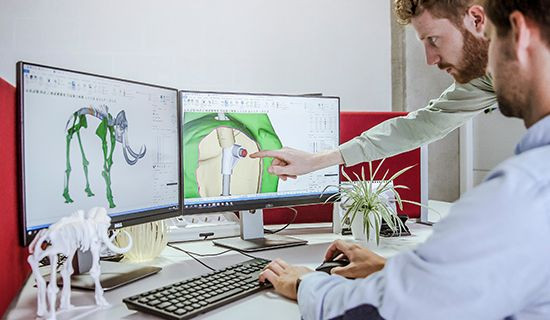ABS-ESD7 is a durable and electrostatic-dissipative material. The static-dissipative property makes ABS-ESD7 particularly suitable for applications where a static charge could impair performance, such as electronic products with circuit boards. Other applications for this material include end-use components, industrial equipment and jigs, and fixtures for the assembly of electronic components.
Technical Specifications
| Standard lead time | Minimum of 5 working days, depending on part size, number of components and finishing degrees (online & offline orders) |
| Standard accuracy | ±0.15% (with lower limit on ±0.2 mm) |
| Layer thickness | 0.18 mm |
| Minimum wall thickness | 1 mm |
| Maximum part dimensions | 914 x 610 x 914 mm (offline orders) 406 x 355 x 406 mm (online orders) |
| Interlocking or enclosed parts? | Yes |
| Surface structure | Unfinished parts typically have a rough surface but all kinds of fine finishes are possible. FDM parts can be smoothed, painted and coated |
Datasheet
| MEASUREMENT | VALUE | STANDARD |
|---|---|---|
| Tensile Strength | 36 MPa | ASTM D638 |
| Tensile Modulus | 2400 MPa | ASTM D638 |
| Flexural Strength | 61 MPa | ASTM D790 |
| Flexural Modulus | 2400 MPa | ASTM D790 |
| Notched Izod Impact | 28 J/m | ASTM D256 |
| Unnotched Izod Impact | 55 J/m | ASTM D256 |
| Heat Deflection Temperature | 96°C 82°C |
ASTM D648 @ 0.45 MPa @ 1.81 MPa |
| Volume Resistivity | 3.0*109 – 4.0*1010 ohm-cm | ASTM D257 |
| Surface Resistance | 106 – 109 ohms | ASTM D257 |
Actual values may vary with build condition
How Does Fused Deposition Modeling Work?
FDM is a filament-based technology where a temperature-controlled head extrudes a thermoplastic material layer by layer onto a build platform. A support structure is created where needed and built in a water-soluble material.


